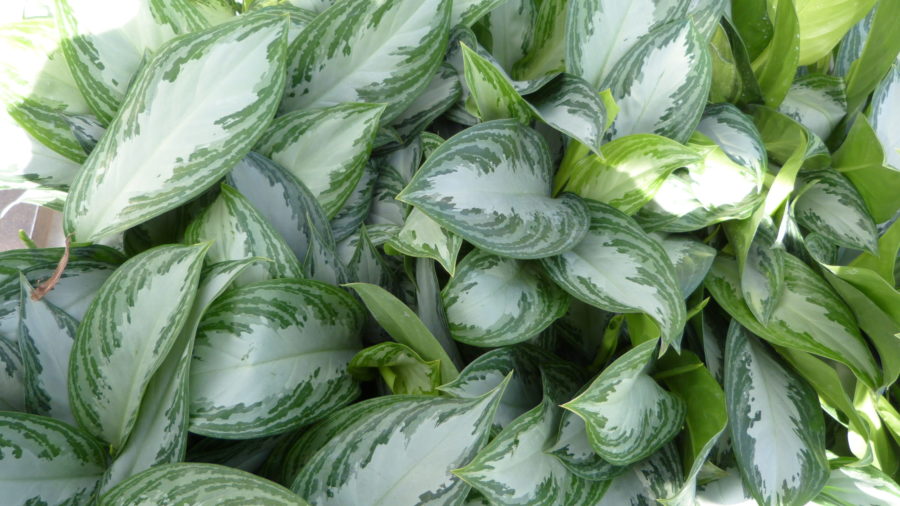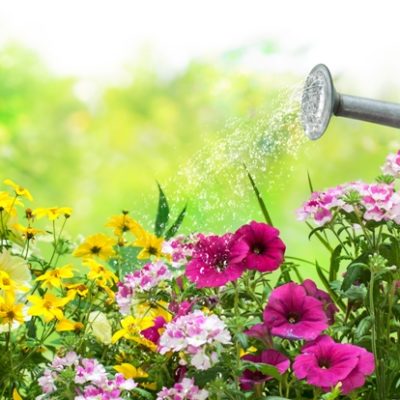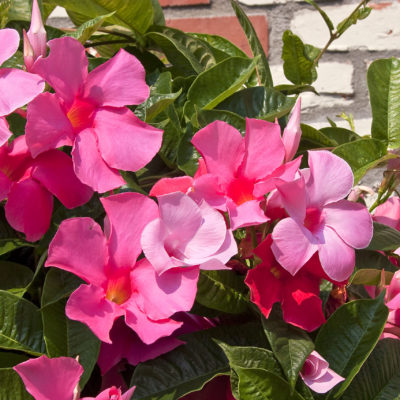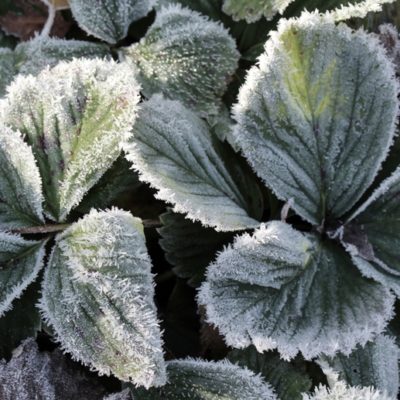
Clean Air Plants
It’s no secret that there are lots of benefits to having plants in your home. Not only do they look great, but many houseplants can make your home a healthier place to live! In 1989, a NASA study found that common indoor plants naturally purify the air in your home by removing harmful toxins such as formaldehyde (which are found in carpets, upholstery, glues, paint and more), benzene (plastics, synthetic fibers, rubber), and trichloroethylene (in paint removers, rug cleaning solution, adhesives, etc.).
While all plants clean the air to some degree by reducing carbon dioxide levels and producing oxygen, some are much better at filtering out toxins than others. Most air-filtering plants evolved in tropical or sub-tropical locales; however they grow very well in a household environment when given the proper care. The NASA study mentioned above suggests one plant per 100 square feet of home or office – so it is often recommended to bring 15-20 plants, in 6” pots or larger, into a 2,000 square foot house. Plants can be scattered throughout your home, or grouped together to create an impressive and beautiful display. There are many excellent choices for air-filtering plants that can be placed in nearly any area of your home or office, from bright direct sunlight to lower light locations; we’ve compiled a short list of examples below. By filling your home with these houseplants you add not only beauty to the space but also significantly improve your air quality.
Air-Filtering Plants For Bright Rooms:
Palm: Majesty, Areca, Bamboo: Elegant and graceful, these palms grow best in bright, indirect light. According to NASA, the Areca Palm (Chrysalidocarpus lutescens) is the most efficient air-purifier. Palms also increase humidity, making them a welcome addition during the dry winter months.
Rubber Plant (Ficus elastica): In India, these plants grow as evergreen trees. Here, they make beautiful container plants with broad, glossy leaves. Grow Rubber Plants in bright light and fertilize monthly. Wipe dust off the leaves periodically to maximize air-cleaning capabilities and retain leaf shine.
Aloe (Aloe vera): An easy-to-grow succulent. These plants love the sun and are a great choice for a sunny location, like a kitchen window. In addition to cleaning the air, the gel inside an Aloe is used as a common remedy for cuts and burns.
Air-Filtering Plants For Low Light Locations:
Peace Lily (Spathiphyllum): Thriving in low to bright light, Peace Lilies also produce beautiful white blooms. Keep leaves dust-free to maximize the air-purifying potential.
Dracena family: Corn Plant, Yucca Cane, Lemon-Lime Dracena, Warneckii Dracena and many more. This family of plants comes in a wide selection of shapes, sizes and colours. Keep them from sitting in excess water and they’ll be trouble-free.
English Ivy (Hedera helix): Easily grown indoors in hanging baskets or containers, English Ivy is recommended for removing allergens from the air, such as mould, as well as any unwanted scents left by animals. Variegated varieties require bright, indirect light while green-leaf selections can tolerate slightly less light.
Chinese Evergreen (Aglaonema): Grown as foliage plants, they produce attractively patterned leaves and can survive in low to bright light conditions. They are excellent at removing formaldehyde and benzene, among other toxins.
Spider Plant (Chlorophytum): One of the most resilient and easy-care houseplants. With lots of foliage, it battles most toxins while still being safe for pets. Spider plants like to dry out between waterings, so no need to stress if you happen to forget to water!
Snake Plant (Sanseveria): Also known as Mother-In-Law’s Tongue, this plant is one of the best for filtering out the toxins found in cleaning products. Consider putting one in your bathroom – the low light and high humidity provide perfect growing conditions.





